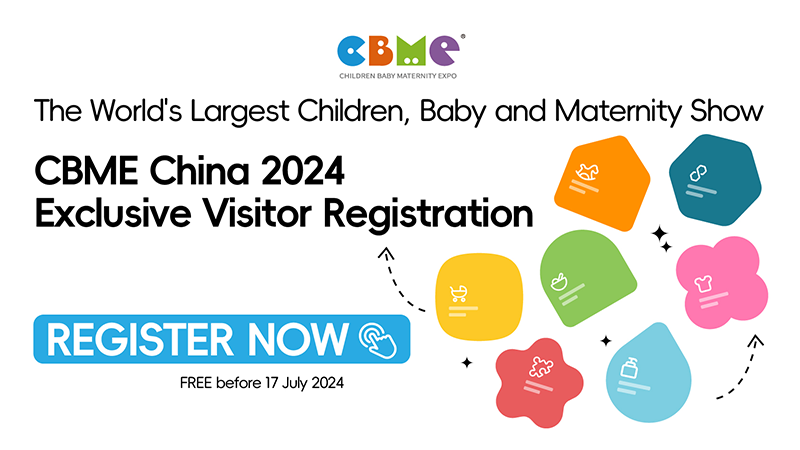Baby Food Market
size in 2014 was valued at $50.7 billion and is expected to garner
$72.7 billion by 2020, registering a CAGR of 6.4% during the forecast
period 2015-2020. Traditionally, babies are fed with soft home cooked
food, a practice that is still popular in underdeveloped and developing
countries. However, growing urbanization and changing lifestyles have
increased the demand for packaged baby foods in different societies and
cultures. These foods are fed to babies between the ages of four to six
months and two years. Growing awareness for nutrition, rise in organized
retail marketing, urbanization paired with a significant increase in
the count of working women population are key factors that boost the
baby food industry growth. Concerns related to food safety, falling
birth rates, and the practice of feeding home cooked food to babies are
the key restraints in this market.
The world baby food market is segmented based on product type, distribution
channel and geography. Based on product type, the market is segregated
into dried baby food, milk formula, prepared baby food, and other baby
food. Presently, milk formula occupies the largest market share followed
by the product segment of prepared baby food. However, over the
forecast period, product segment of prepared baby food would gain
prominent adoption in the global market. Sales of milk formula baby food
is highly concentrated in the APAC region. Alternatively, demand for
prepared baby food is largely limited to developed regions. However,
market for prepared baby food, in developing regions would pick pace
over the forecast period, subsequently leading to the dynamic growth of
the baby food market in the APAC region.
Supermarkets,
hypermarkets, small grocery retailers, and health & beauty
retailers are the key distribution channels in the baby food industry.
Supermarkets are the primarily preferred distribution channel among
consumers, followed by health and beauty retailers. However, considering
the scenario in few Asian developing countries such as India, small
grocery retailers and health & beauty retailers hold significant
share considering sales in the region. Small grocery retailers account
for a comparatively smaller share in the baby food market but would
witness rapid growth over the forecast period. Other distribution
channels include discounters, non-grocery retailers, and non-store
retailing.
The world baby food market has been analyzed on the basis of four geographical regions, which
include North America, Europe, Asia-Pacific and LAMEA. Asia-Pacific is
leading the market in terms of adoption of new and innovative baby food
products launched by various companies, followed by the European region.
Asia Pacific is the largest market for milk formula and occupies more
than half of the overall world baby food market share. Larger demand
would be observed in the LAMEA region over the forecast period. The
population of infants and toddlers in the age group of 0-4 years
increased by 53 million in 2010, which showed high potential in baby
food market. Declining poverty rates and rising disposal income of some
of the countries in Latin America have boosted the adoption of baby food products.
Key players operating in
baby food market are, Nestle, Danone, Mead Johnson, Abbott laboratories,
Hero-Group, Perrigo Company, Bellamy Organics, Hain Celestial Group,
Campbell soups, Friesland Campina. Market players have adopted various
strategies such as product launch, acquisition, collaboration, and
partnership, thereby enhancing their baby food market share.
Top Impacting Factors of Baby Food Market
Baby
food market trends includes increasing awareness on adequate nutrition,
growing population of women professionals, food safety concerns, and
rising urbanization. However, declining birth rates, popularizing
breastfeeding through government initiatives and home cooking are the
factors responsible for restraining the growth of the baby food market.
Use of advanced technologies, innovations in baby food products and
heavy investments in the emerging economies would drive the growth of
the market. The top factors affecting the growth of the baby food market
are as follows:

Awareness on adequate nutrition
Infants
and toddlers require adequate amount of nutrition in their daily diet.
Hence, there is an increase in the demand of packaged baby foods with
balanced nutrition value. The key market players launch innovative food products offer products with minimal preservatives and adequate
nutritional content. In addition, these products are prepared with
utmost care and hygiene to prevent contamination and ensure safety of
the infants. Baby food manufacturers in the market need to adhere to the
guidelines laid by the competent authorities to manufacture optimal
quality products.
Increasing number of working women
Mother's
milk is the best source of nutrition for infants until the age of 6
months. However, increasing population of women professionals has led to
time-constraints for breast-feeding and preparing homemade food for
infants. Lactating problem among working women has also led to the
adoption of baby food products.
Increased breastfeeding activity due to government initiatives
Governments
and other health organizations in various countries have launched
campaigns to promote the advantages of breastfeeding in infants.
Breastfeeding is generally considered as the best source of nutrition
for infants up to the age of 6 months. Growing population of female
professionals and lactating problems in women have fostered the adoption
of baby food products.
Source: Allied Market Research






